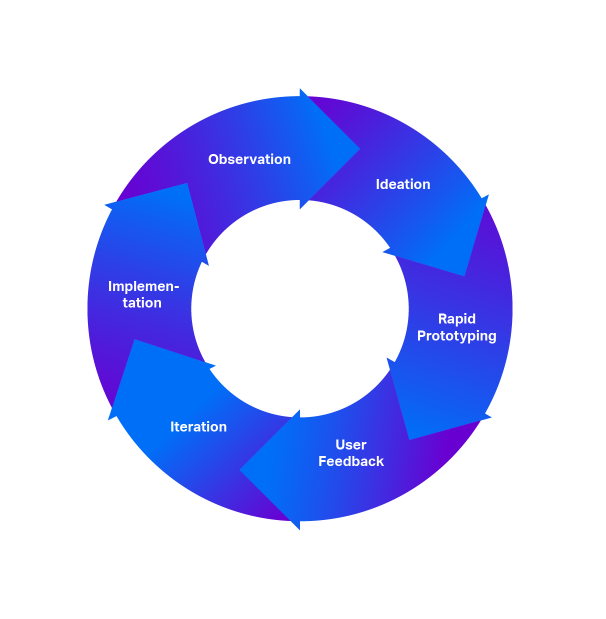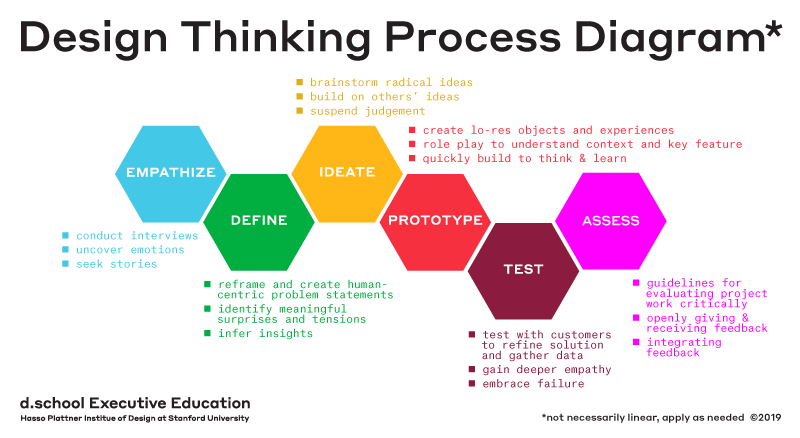Anything can be disrupted. For example a Calendar. How can you make it innovated? It’s the same when designing our healthcare product specially think of your target audience. Who is it aimed at? How much will it cost? etc.
We then looked at research techniques.
- Needs driven design
When designing a product or website, ask yourself.
- Does this product need to exist?
- What users needs are you solving?
- What’s the users goals are you trying to achieve?
Just remember it’s never too early to involve your users. It’s better to do it from the start rather than leaving it until you are half way through your development of your product and then finding out you haven’t met the needs and having to rethink your ideas.
2. Grand Reveal Vs MVP
Grand Reveal refers to a design which is worked on behind closed doors then revealed to the world without anyone known once then are happy.
- A popular example of a product which is successful is the iPhone when it is reveled.
- Sometimes it doesn’t always work out like the Segway. It never reached the heights which it was expected it.
Group Class task:
Firstly we individually had to research our local health centre and look at their website to see it included the following information:
- Opening Hours
- Services
- Prescription orders
- doctors
- Book an Appointment
We then had to screenshot the website from our area and paste it onto our class Miro board for others to view and analyze. Paul asked us to get into our groups and write on post it notes the actions, questions, happy moments, pain points, opportunities for the new patients, finding staff, book appointment, opening/out of hours and orders prescription on our chosen GP website. As a group we came up with a lot of ideas for each pin point. You can see this in the image below.

Discovery & Research
Through user research you can:
- Find/understand users
- understand their problems and opportunities
- Shared vision
Types of research:
- Exploratory research
- Stakeholder Interviews
- Workshops
Competitor Analysis
When doing a competitor Analysis it’s good to look at the competitors which are already out there and understand the market, spot the industry trends and set benchmarks for future growth.
Types of competitors:
- Direct or Indirect
- Do a Swot Analysis
This will be important to consider when looking at other sites/apps on the market when creating my healthcare application.
Bias and Research
- Unconscious and Conscious
- Cognitive Bias
- Avoiding Cognitive Bias
- Confirmation Bias. Example of this is when Donald Trump was president,
- Anchoring
- Groupthink
- Selection Bias
- Clustering Illusions
Laws of Ux
The second law we covered this week was Postal’s Law. When is basically be conservative in what you do, be liberal in what you accept from others.
Chunking Method- Breaking up info to make it easy to understand. Breaking down chunks of info.
Create a patient registration
So in pairs or group of 3 we were asked to design an online patient registration form for a health centre. We had to include the following information:
- Patient details
- Title
- Gender
- Surname
- Previous surnames
- First Names
- Date of Birth
- Place and country of birth
- NHS Number
- Home Phone Number
- Mobile Phone Number
- Address
- City
- State/Province
- Zip/postal code
- county
- Please help us tract your previous medical records by providing the following information
- Your previous address in the Uk
- Name and address of your doctor
- If you are form aboard
- Were you born aboard?
- Your first Uk address where registered with a gp
- If previously resident in Uk, please provide the date you left?
I worked with Florence and Cormac to complete this task. We wrote out the above info on sticky notes then moved onto figma to neatly lay out the information appropriately. Paul give us 40 minutes to complete this. Some people posted it onto Miro board. It was good to see the variety of examples our class came up with.
Qualitative and Quantitative
Qualitative data:
- Unstructured
- subjective
- Immeasurable
- Soft Science
Quantitative data:
- Structured
- Objective
- Measurable
- Hard Science
Examples of research:
- Analytics-focus on data and stats
- A/B Testing is were you compare two versions of a single variant
- Online Surveys. e.g survey monkey or google forms
- Triangulation

For next week:
Continue researching. Start to consider possible idea for digital solutions to the areas you have been researching.
Reflection
I thought today’s class was very useful as it give me some good techniques I could use when conducting my very own research. Which is very important for now and in the future work placement.





